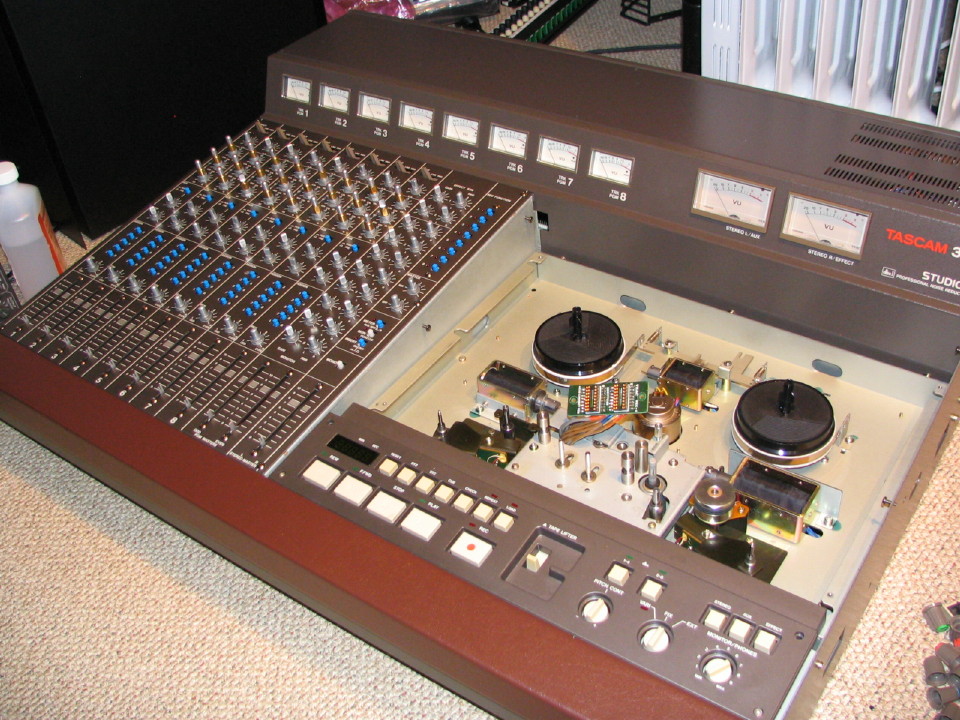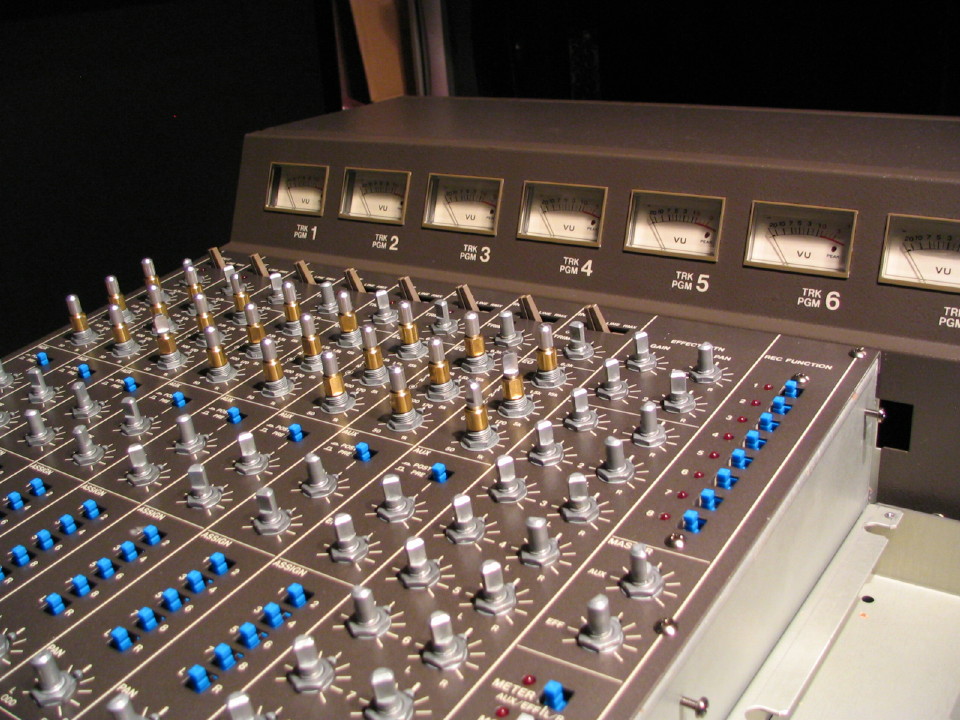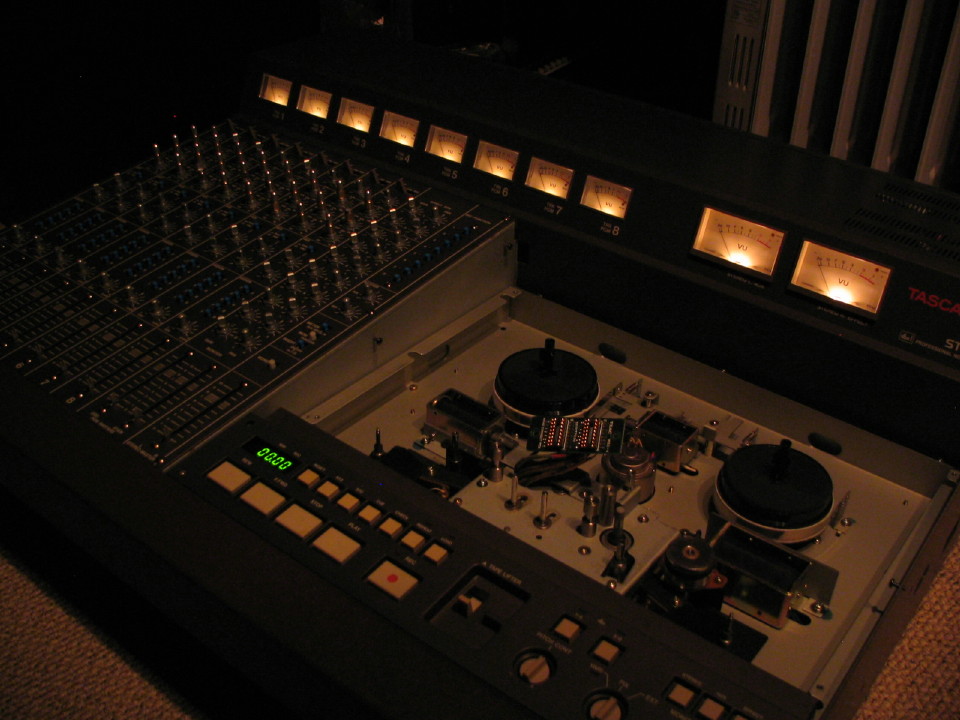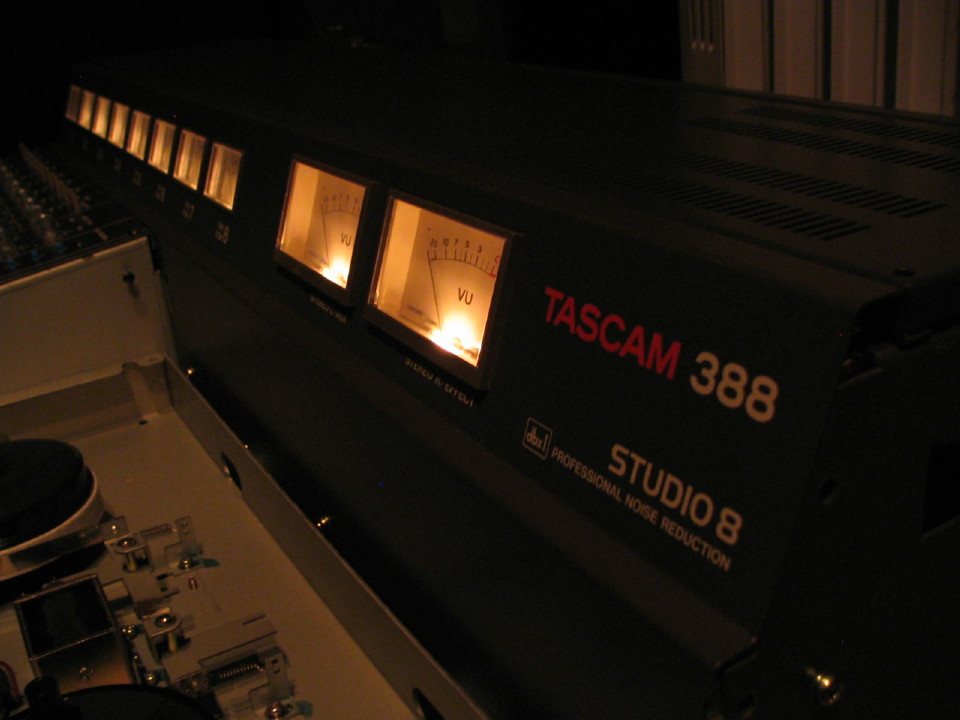..I'd assume the rmote is functioning on a 5 ~ 6V rail?
I'd assume not , well, not the way you put it in respect to "LED's issue"

you actually need to look into schematics if you care to know for sure (I didn't ...


). The supply V+ may be 5V or what ever there for the control circuit/(s) and associated ICs, but this does not mean that the actual "Supply voltage" for the LEDs is the same as Supply voltage for the circuit(s). I'd hate to guess, as I have not looked into how exactly things are there, but the LEDs must be in some switching transistors circuits.
I'd guess if you measure voltage between Pin 11 of the connector and the ground, you may actually have 5V (or what ever control circuit supply is), but it would not be the same between Pin 11 and 10/12.
... 5 ~ 6V ...? Some LED's can handle that right?
Well, afaik, to do it "right" you'd need to arm the LED (meaning to set REC or Pause on the machine), and while in that state, measure the actual "supply voltage" for the led with DVM btween pin 11 and 10(pause) / 12(rec). Pin 11 must be positive. Now you know the actual LED supply voltage, let's call it V(LS).
Let's imagin that you get V(LS)=3Volts
Now you need to know the caracteristic of the LEDs you want to use, which are Forward Current and Forward Voltage. If you don't know for sure you can sort of find out by experiment with adjustable DC supply and ammeter in series, adjusting voltage slowly to the point when the LED is nicely bright, but not too bright and is not burning

.
So lets' say led's forward current I(led)=20mA and forward voltage is V(led)=2Volts.
Now you can calculate the value of current limiting resistor R(L) for the given LED with given "Supply Voltage":
R(L)=V(LS)-V(led)/I(led)
so
R(L)=3Volts-2Volts/0.02A=50 Ohms
***********
here's on line calculator

-
http://led.linear1.org/1led.wiz , this is cool, as it actually "reccomend" an actual resistor value/wattage, not just "math value".
PCB/connector
1/4
2/1
3/2
4/8
5/5
6/3
7/7
8/6
9/12
10/9
11/10
12/11
That looks all correct.
Approved by
special federal agency -
ME! 


heh heh

**********
extra button - how about Punch IN/OUT feature on the remote ?

 (tested with tascam 32)
(tested with tascam 32)
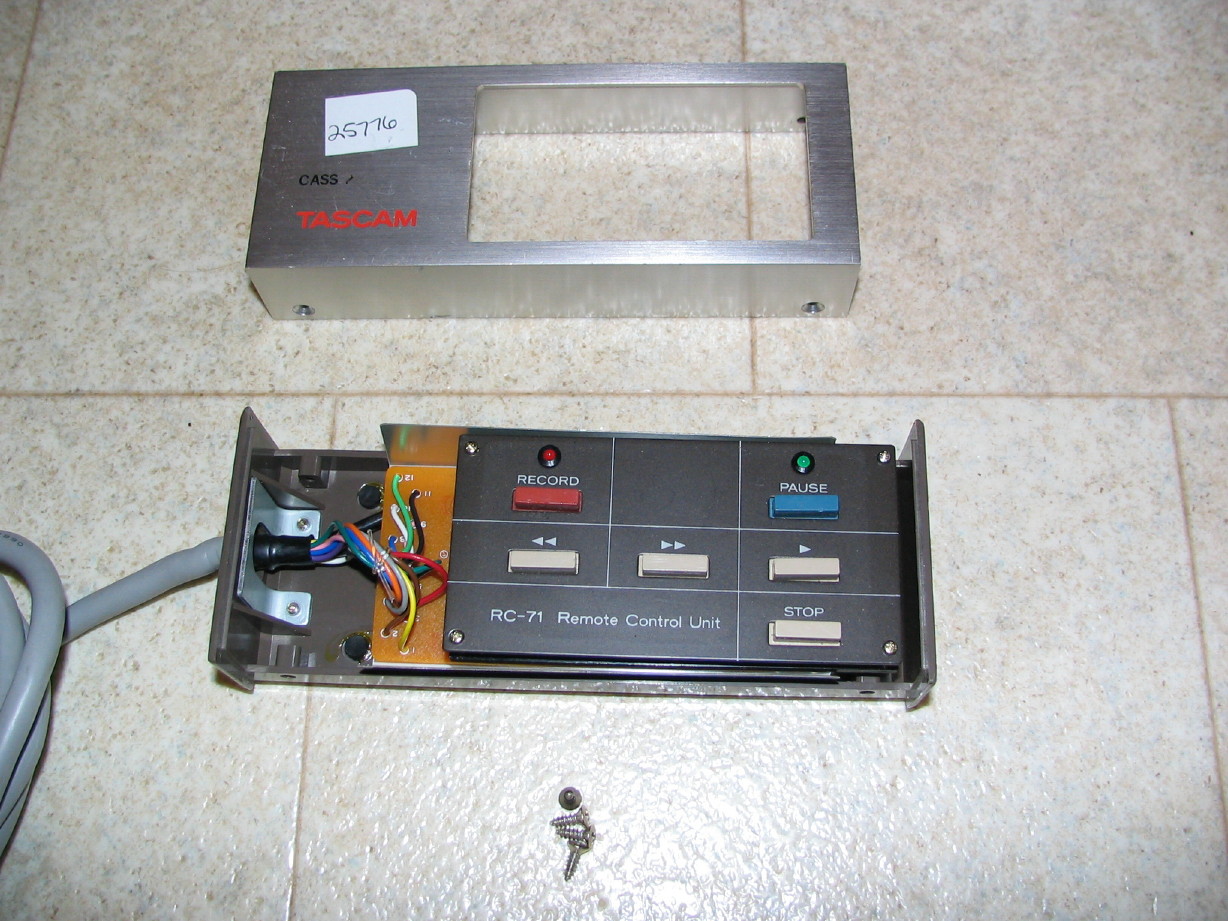
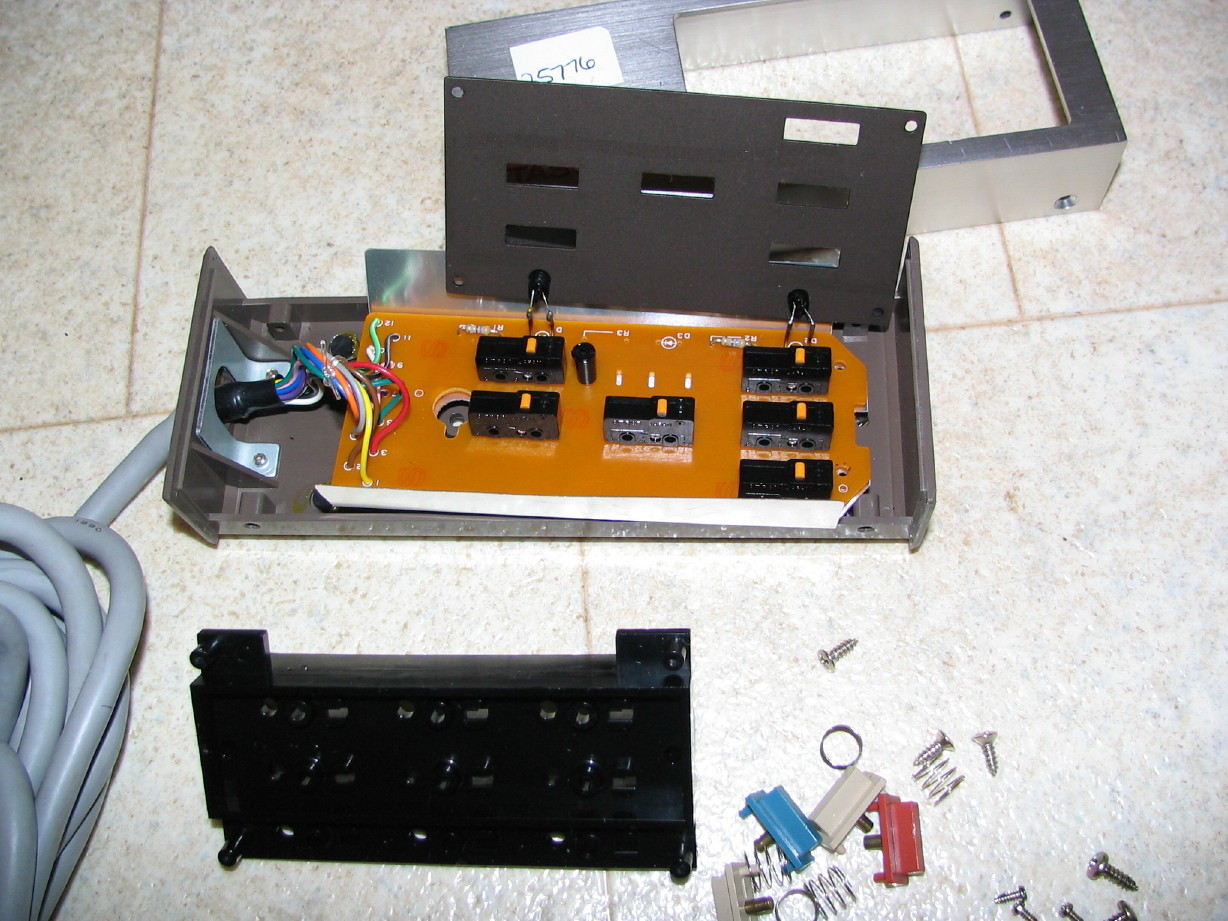
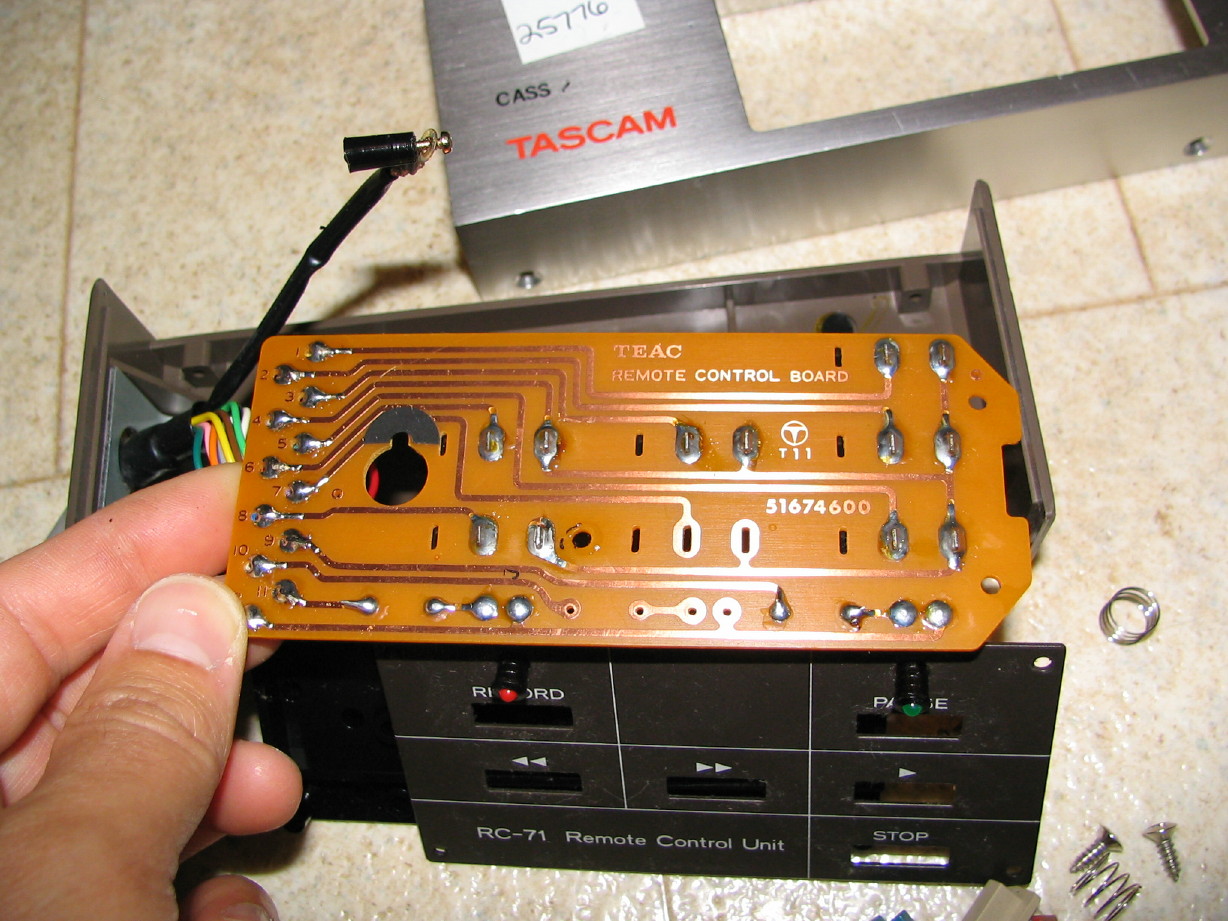
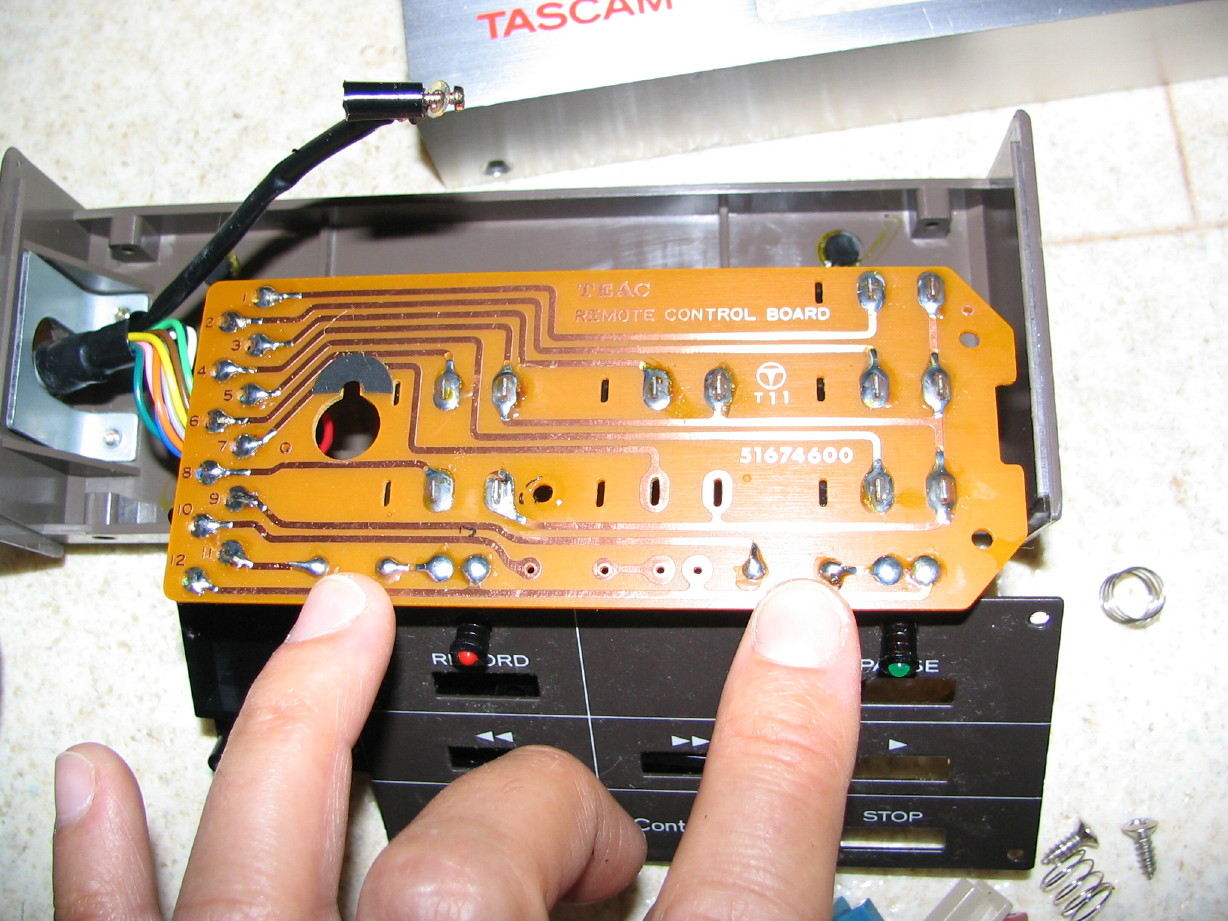



 ). The supply V+ may be 5V or what ever there for the control circuit/(s) and associated ICs, but this does not mean that the actual "Supply voltage" for the LEDs is the same as Supply voltage for the circuit(s). I'd hate to guess, as I have not looked into how exactly things are there, but the LEDs must be in some switching transistors circuits.
). The supply V+ may be 5V or what ever there for the control circuit/(s) and associated ICs, but this does not mean that the actual "Supply voltage" for the LEDs is the same as Supply voltage for the circuit(s). I'd hate to guess, as I have not looked into how exactly things are there, but the LEDs must be in some switching transistors circuits. ... heh heh, then I'm thinking to myself: "hmmmmmmmmm, that's interesting. How so????". So I 've tried inserting 1K resistor and 500 Ohms resistor, and - no difference, same "result", the remot's LED is the same - nice and bright. So I've "guessed-concluded" to myself, that there must be constant current LED driver circuit or IC of a sort inside (?????). I don't feel like opening up the machine to investigate, don't have 32's schematics either.
... heh heh, then I'm thinking to myself: "hmmmmmmmmm, that's interesting. How so????". So I 've tried inserting 1K resistor and 500 Ohms resistor, and - no difference, same "result", the remot's LED is the same - nice and bright. So I've "guessed-concluded" to myself, that there must be constant current LED driver circuit or IC of a sort inside (?????). I don't feel like opening up the machine to investigate, don't have 32's schematics either. 
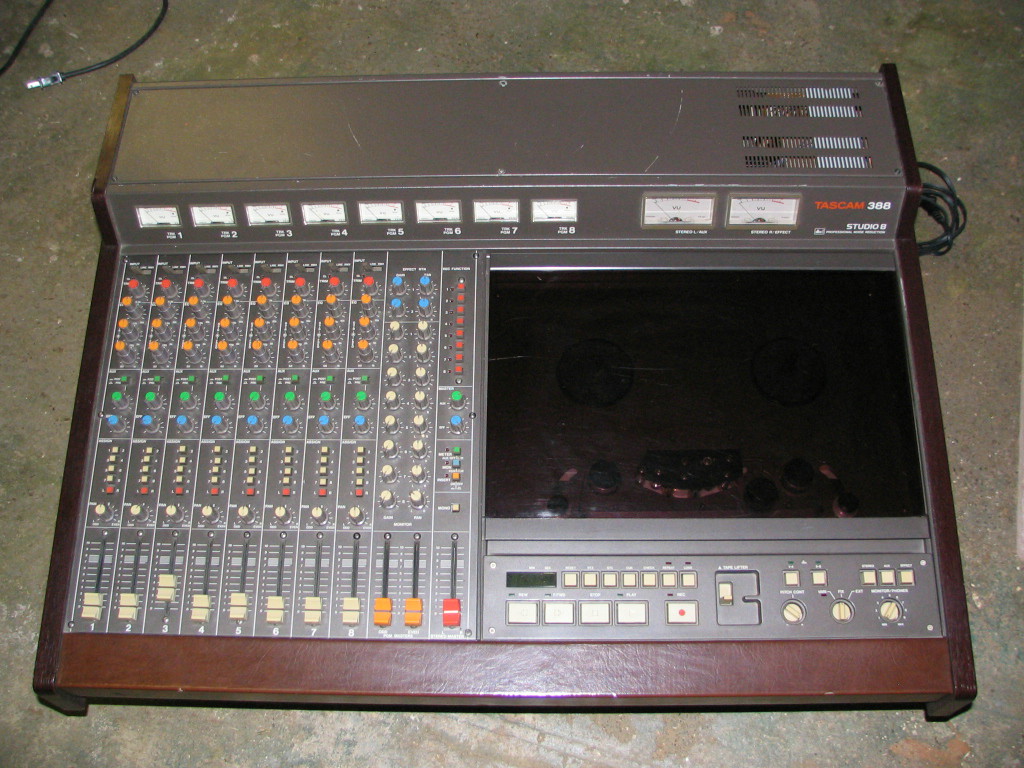
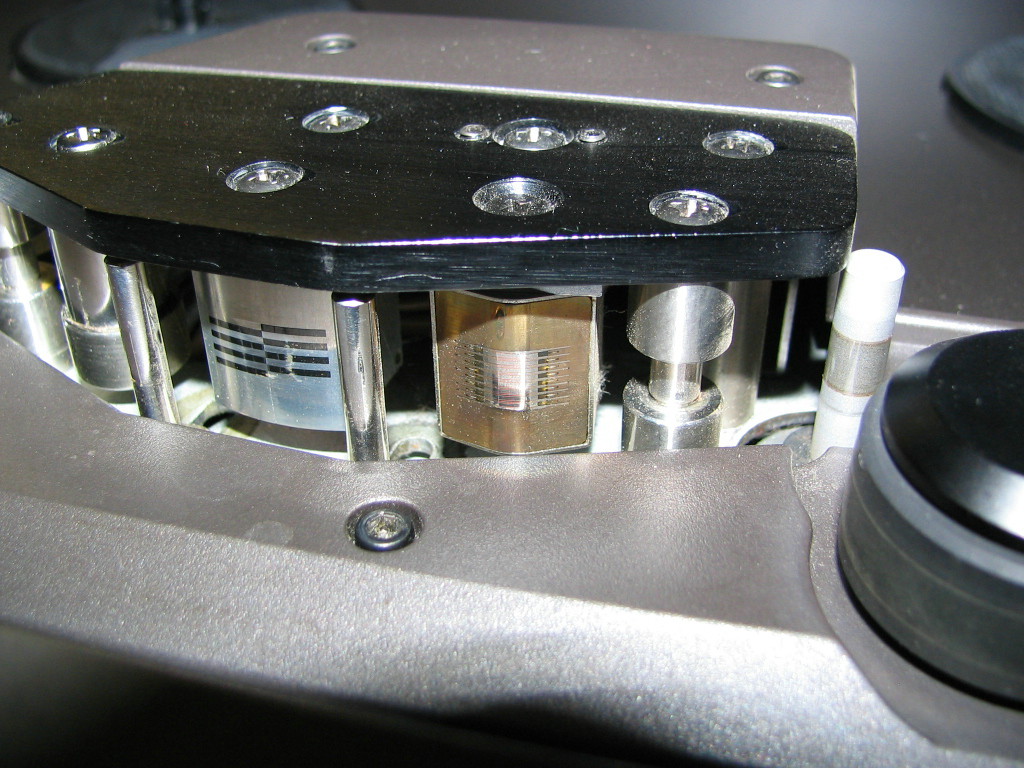
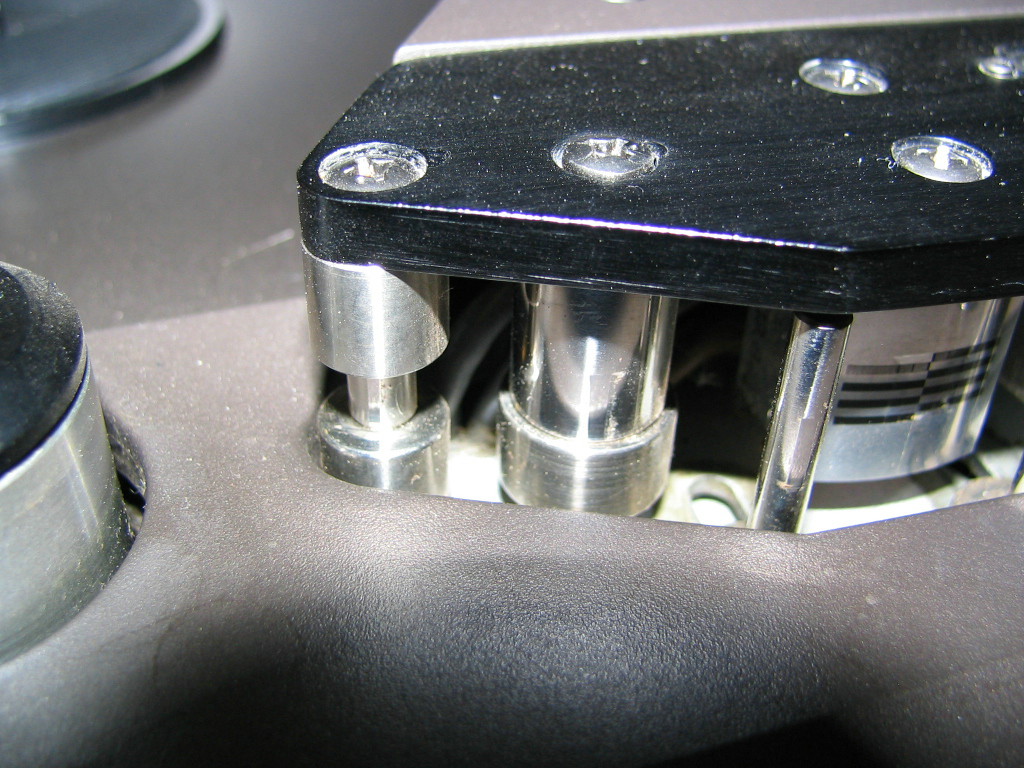
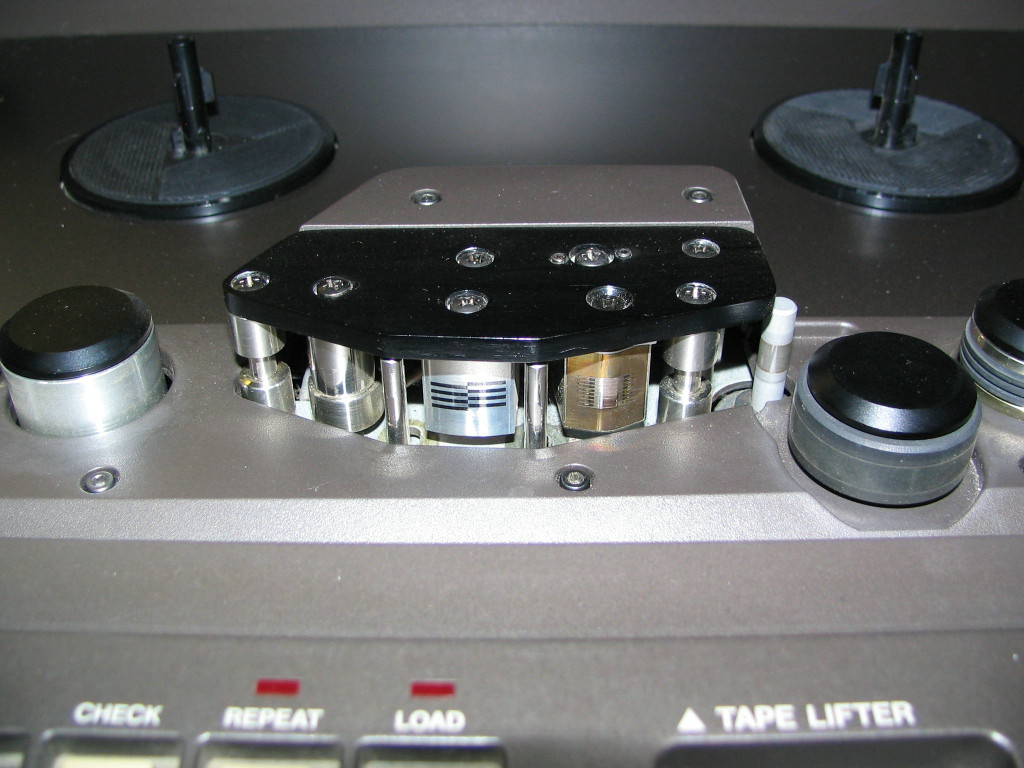
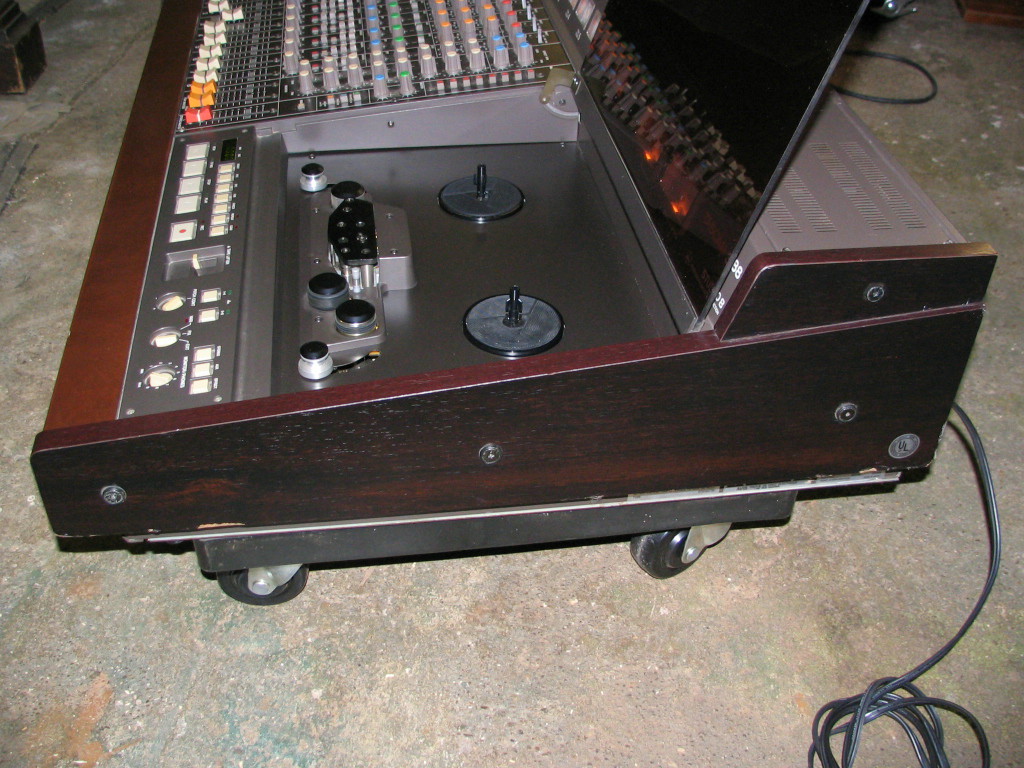
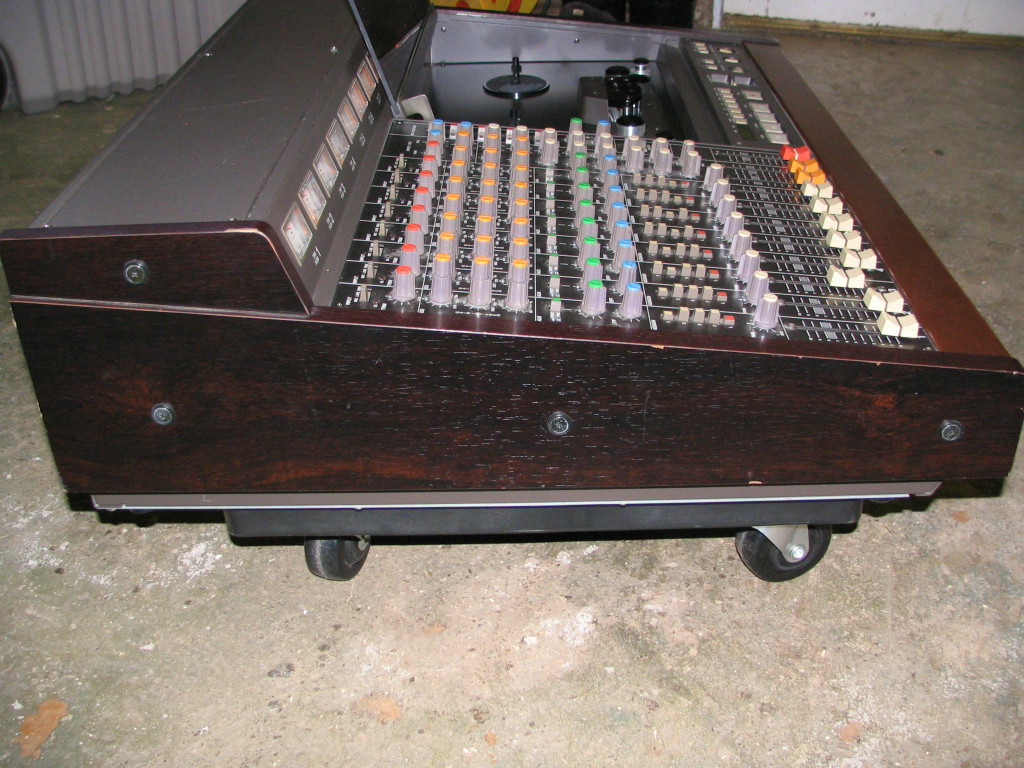
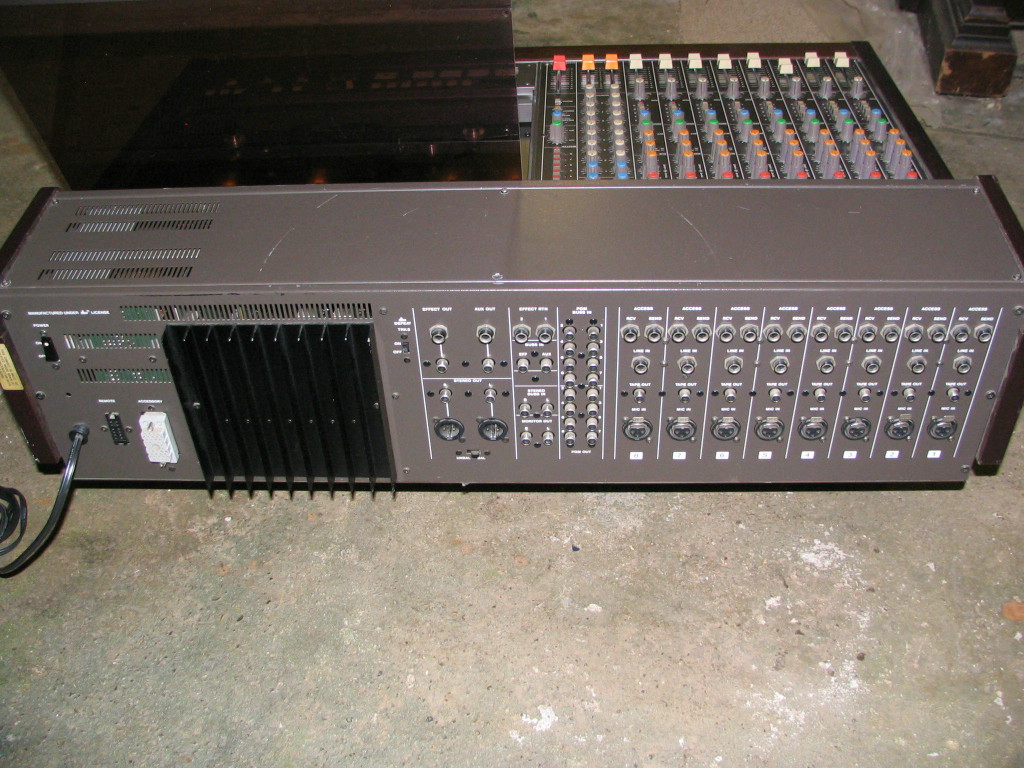
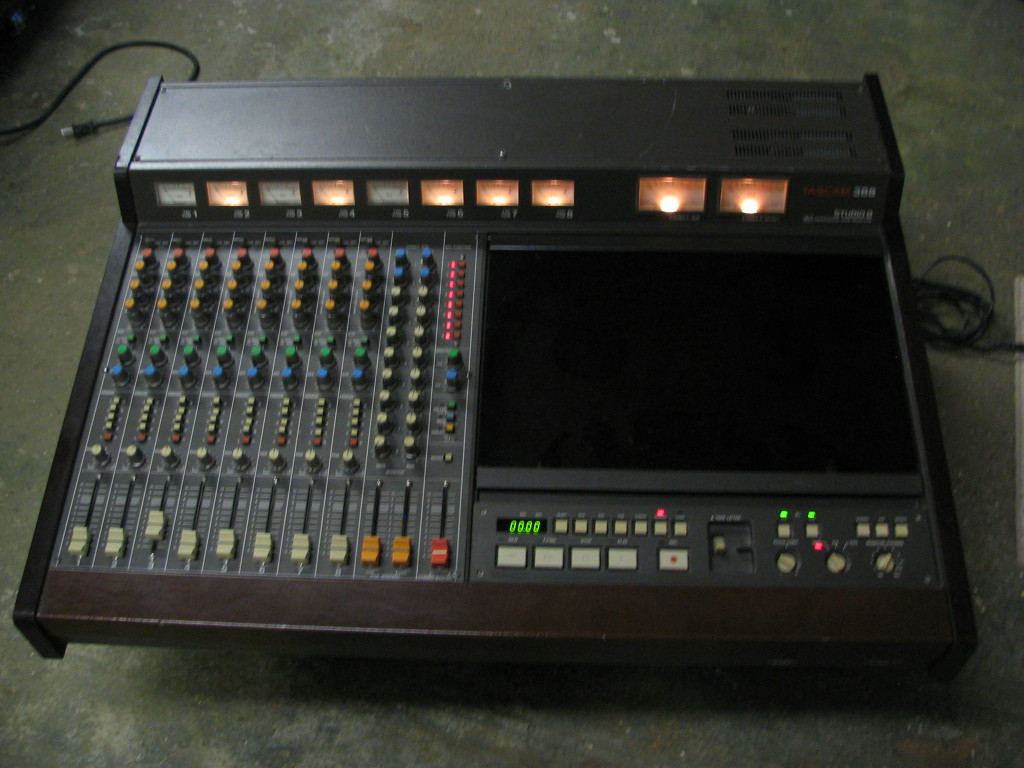
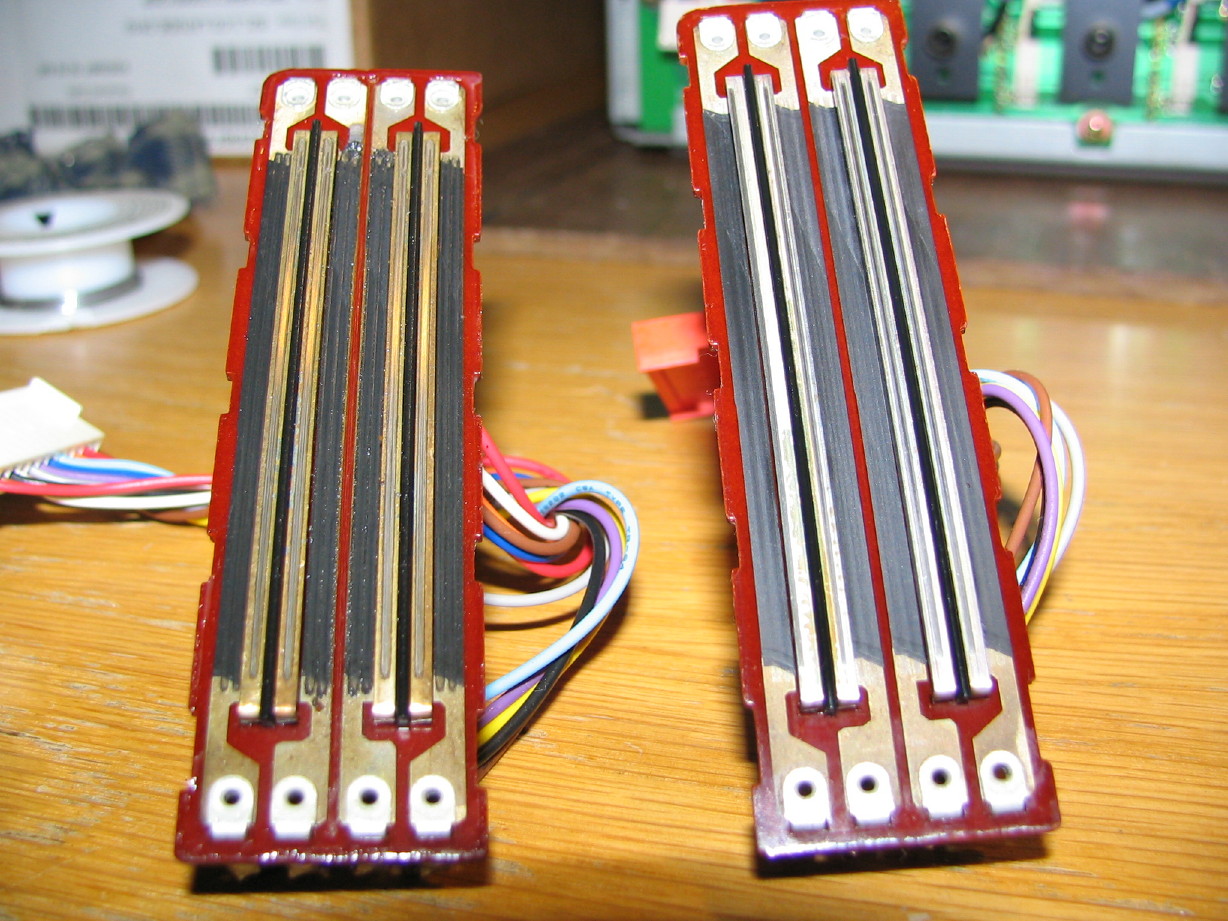
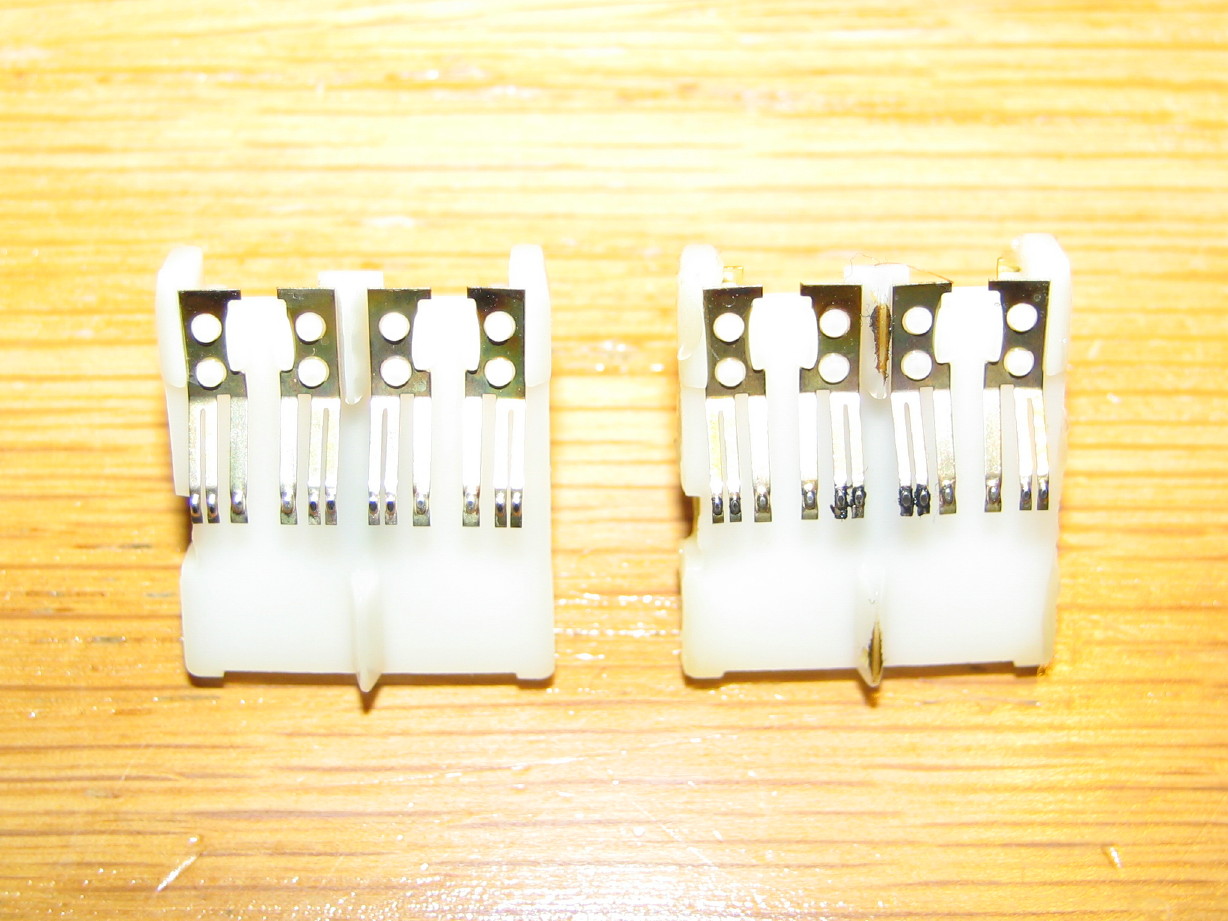
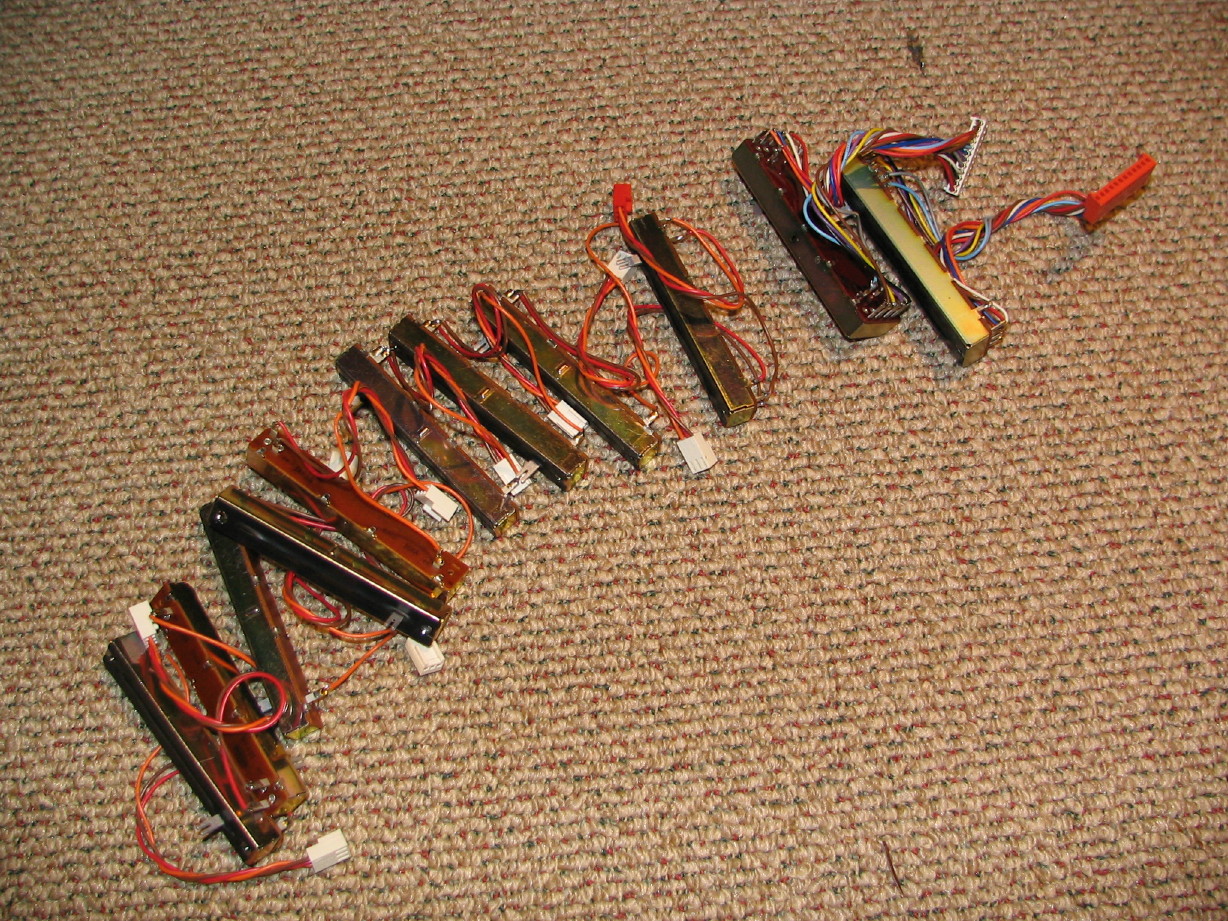
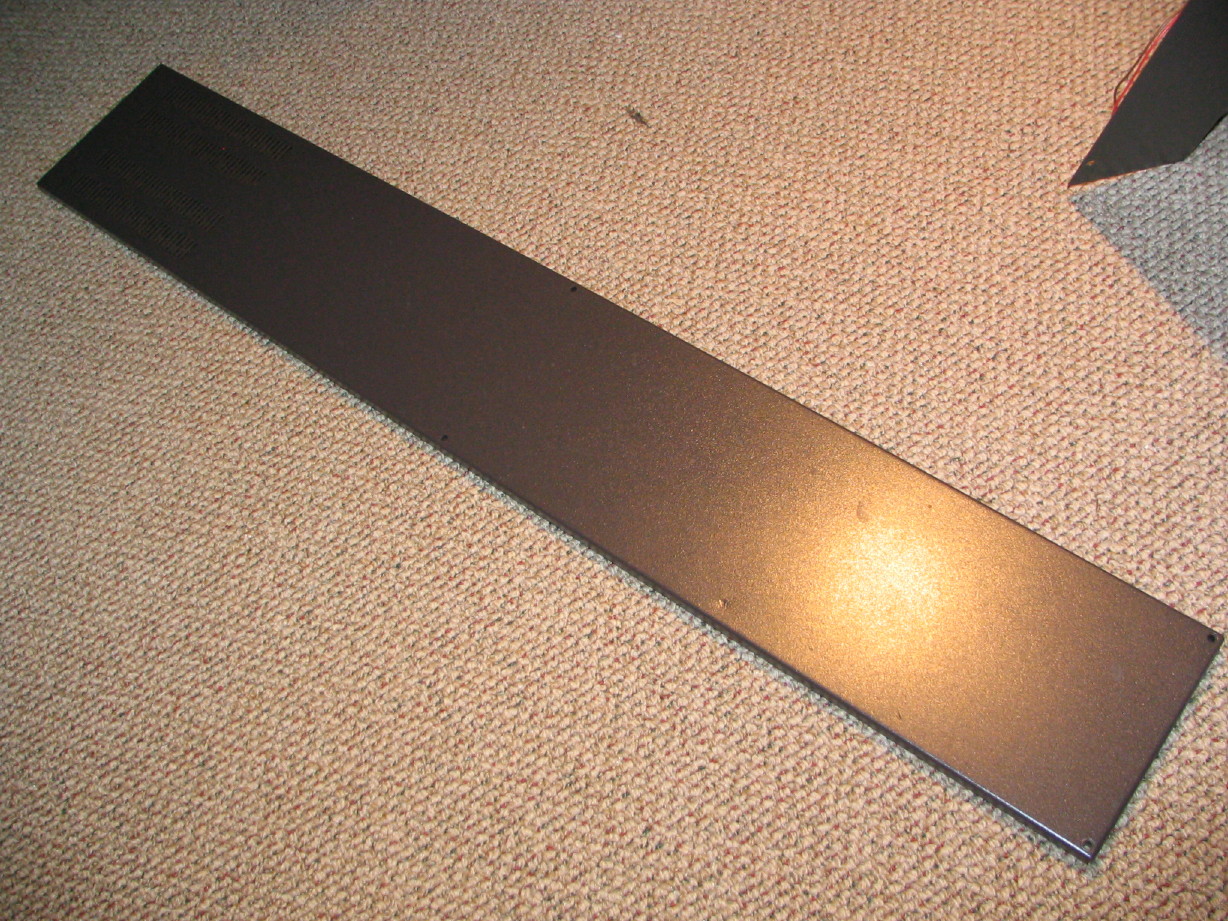
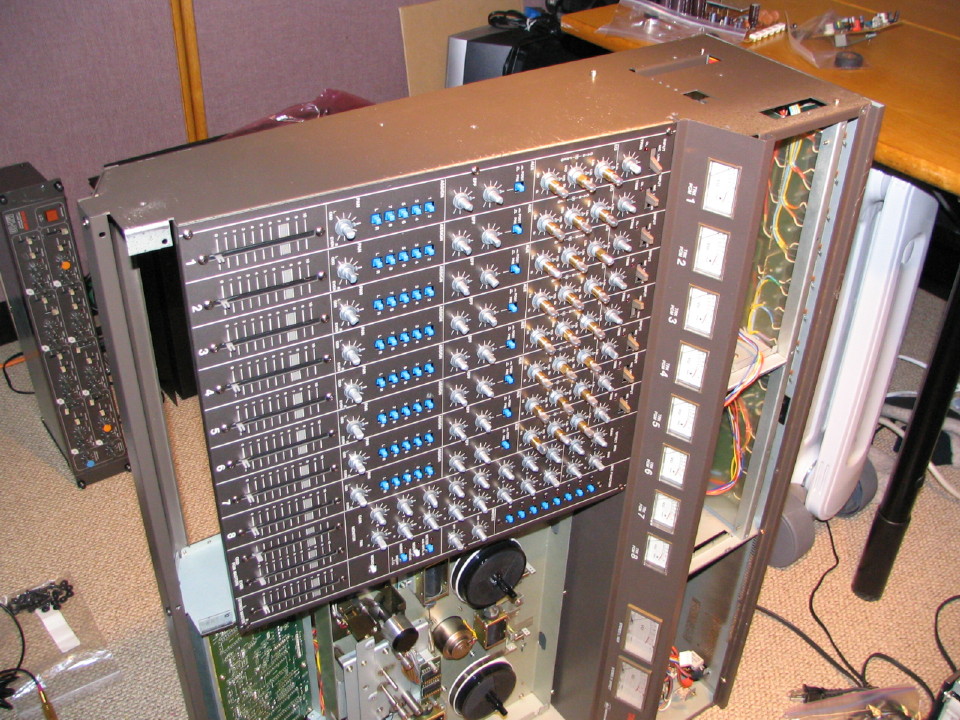
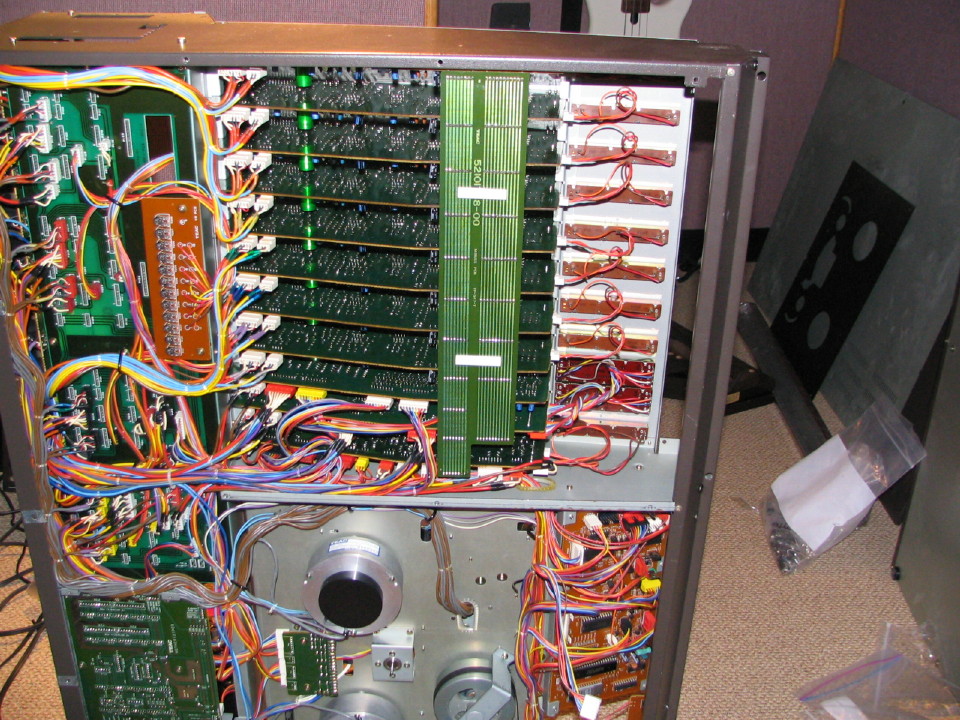
 So I dug into the parts 388 and now all the meters look good.
So I dug into the parts 388 and now all the meters look good.
